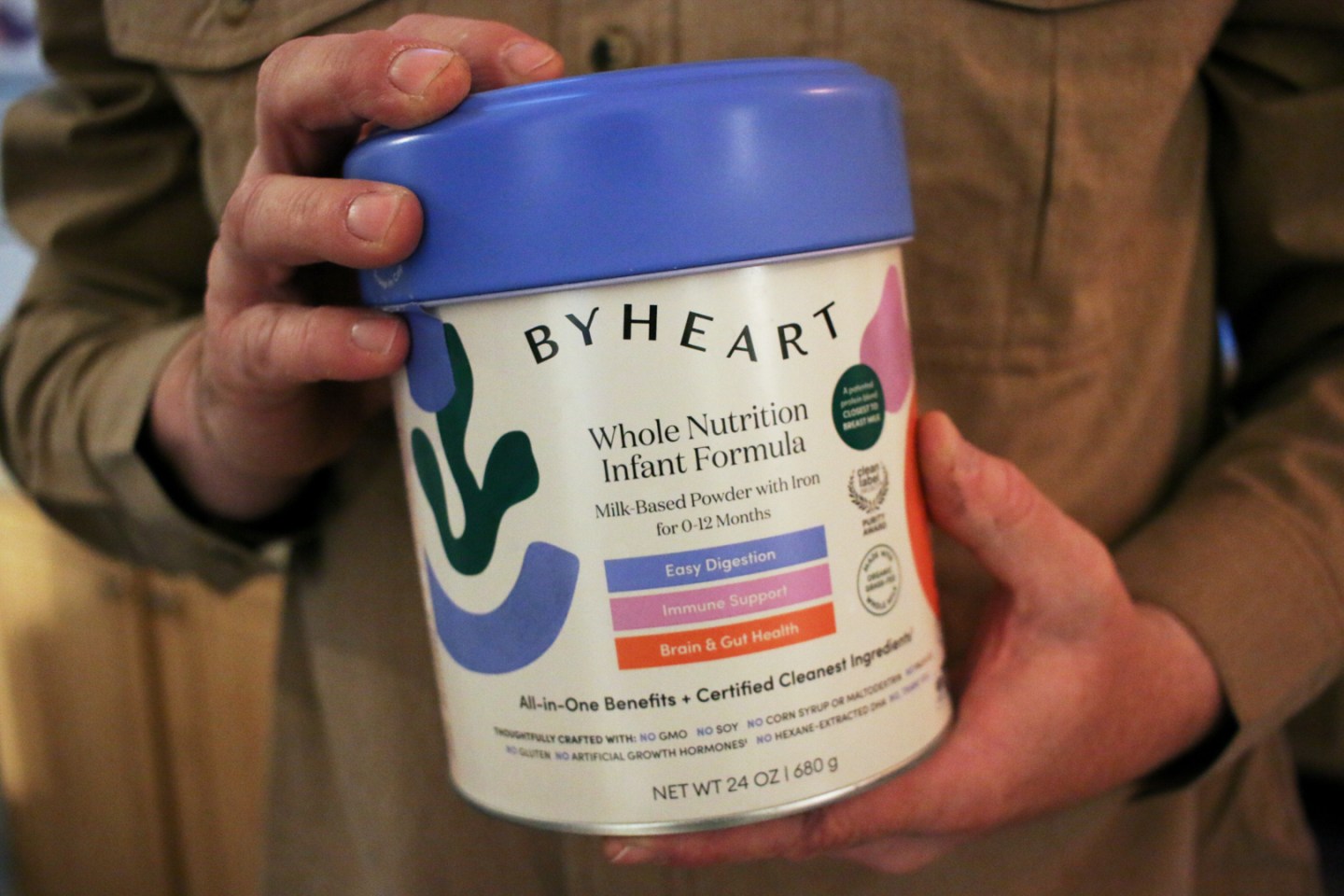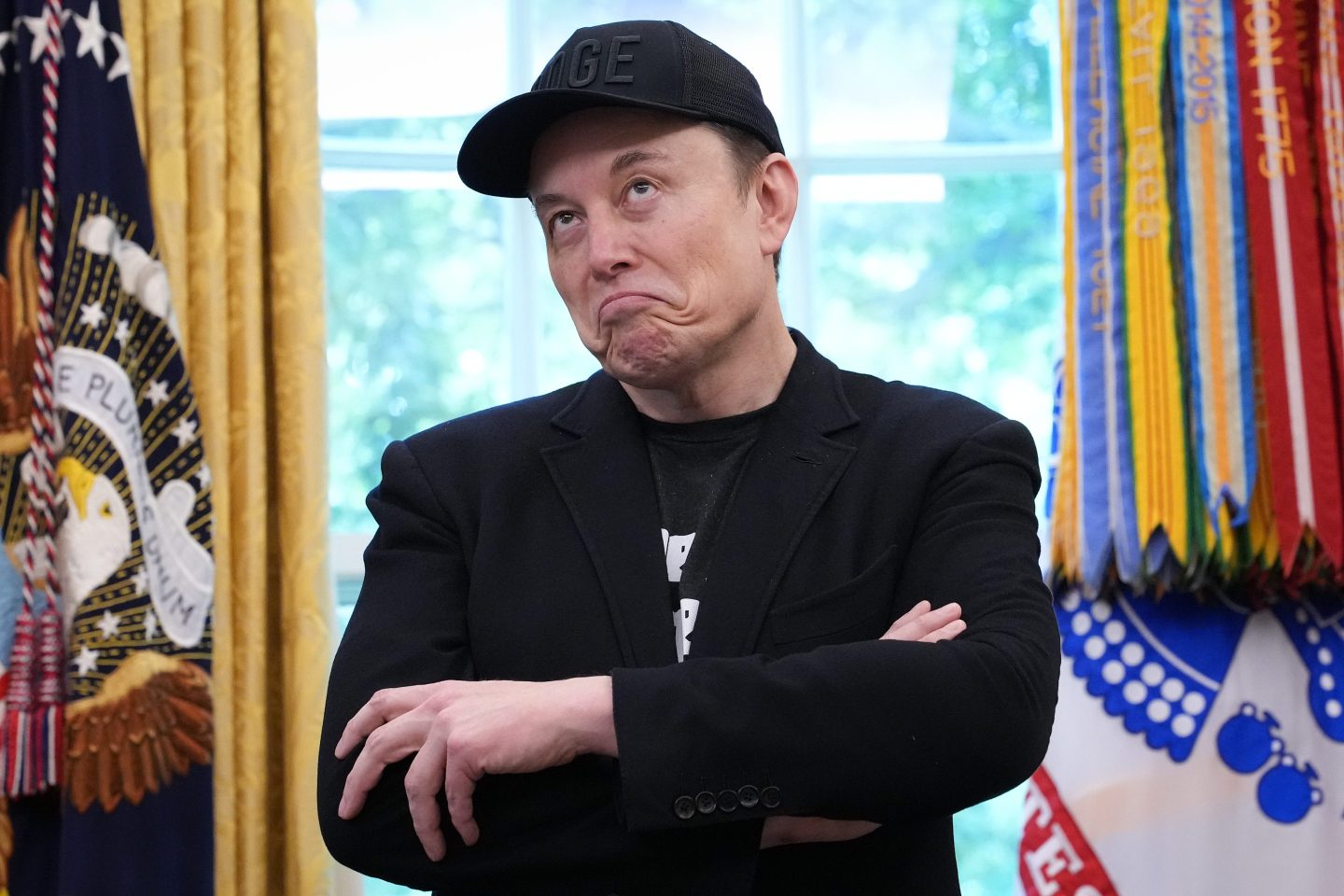Holiday season is fast-approaching—and so is the biggest shopping season of the year. Black Friday is just 23 days away, a day synonymous with deal-chasing and a widespread shop-til-you-drop attitude among consumers.
But Black Friday will look a little different this year, a new survey shows. Instead of cashing in on discounts for mega TVs and luxury appliances, consumers this year are just trying to get by. Spending priorities are shifting because inflation has hit consumers so hard in 2025 that one in four consumers say they plan to use Black Friday only for everyday essentials like groceries, toiletries, and household basics, according to survey results released by point-of-sale and payments system platform Lightspeed.
“Black Friday is still a make-or-break moment for retailers, but shopper behavior is shifting,” Dax Dasilva, founder and CEO of Lightspeed Commerce, said in a statement. “Shoppers are still under the pressure of a higher cost of living, so fairness, transparency, and empathy matter more than ever.”
Lightspeed surveyed 3,000 adults in the U.S. and Canada for the study, and found nearly half of respondents said they plan to split spending between necessities and premium purchases.
Although President Donald Trump claims to have “defeated” inflation, claiming in September at the United Nations General Assembly grocery prices are down, there’s not much evidence for that. Federal Reserve Chair Jerome Powell said during a high-profile speech in August just before the first rate cut this year “inflation, though still somewhat elevated, has come down from its post-pandemic highs.”
But other industry experts and economists argue grocery prices could continue to rise—and even double. Raymond Robertson, a labor economist at Texas A&M’s Bush School of Government who has advised U.S. agencies on trade and labor policy, recently told Fortune’s Eva Roytberg a wave of grocery-price increases will likely hit this winter. He also predicts prices for produce could jump anywhere from 50% to 100% by early next year.
“This is like when you see a flood coming, the tsunami is coming in, and the water’s gone up two inches,” he said.
Back in spring, Walmart CEO Doug McMillon said customers were exhibiting “stressed behaviors.” This was the same time period consumer confidence hit a 12-year low. “You can see that the money runs out before the month is gone, you can see that people are buying smaller pack sizes at the end of the month,” McMillon said.
But what should be even more concerning for retailers is the finding that consumers don’t really trust most Black Friday discounts are authentic.
The Lightspeed survey shows 84% of shoppers believe retailers inflate prices ahead of the sales to exaggerate discounts. That’s somewhat reminiscent of when, earlier this fall, Target and Walmart employees alleged the retailer forced them to remove price tags to make it easier to change prices based on tariffs.
“Consumers are buying fast and deciding later, so it’s up to retailers to guide that journey. The best way to do that is with clarity—showing what discounts really mean, being upfront about fit and product details, and keeping customers informed on delivery and stock,” Lightspeed’s Dasilva said. “When shoppers feel confident, they buy smarter and return less. In a tight economy, transparency is the strongest sales strategy retailers have.”












